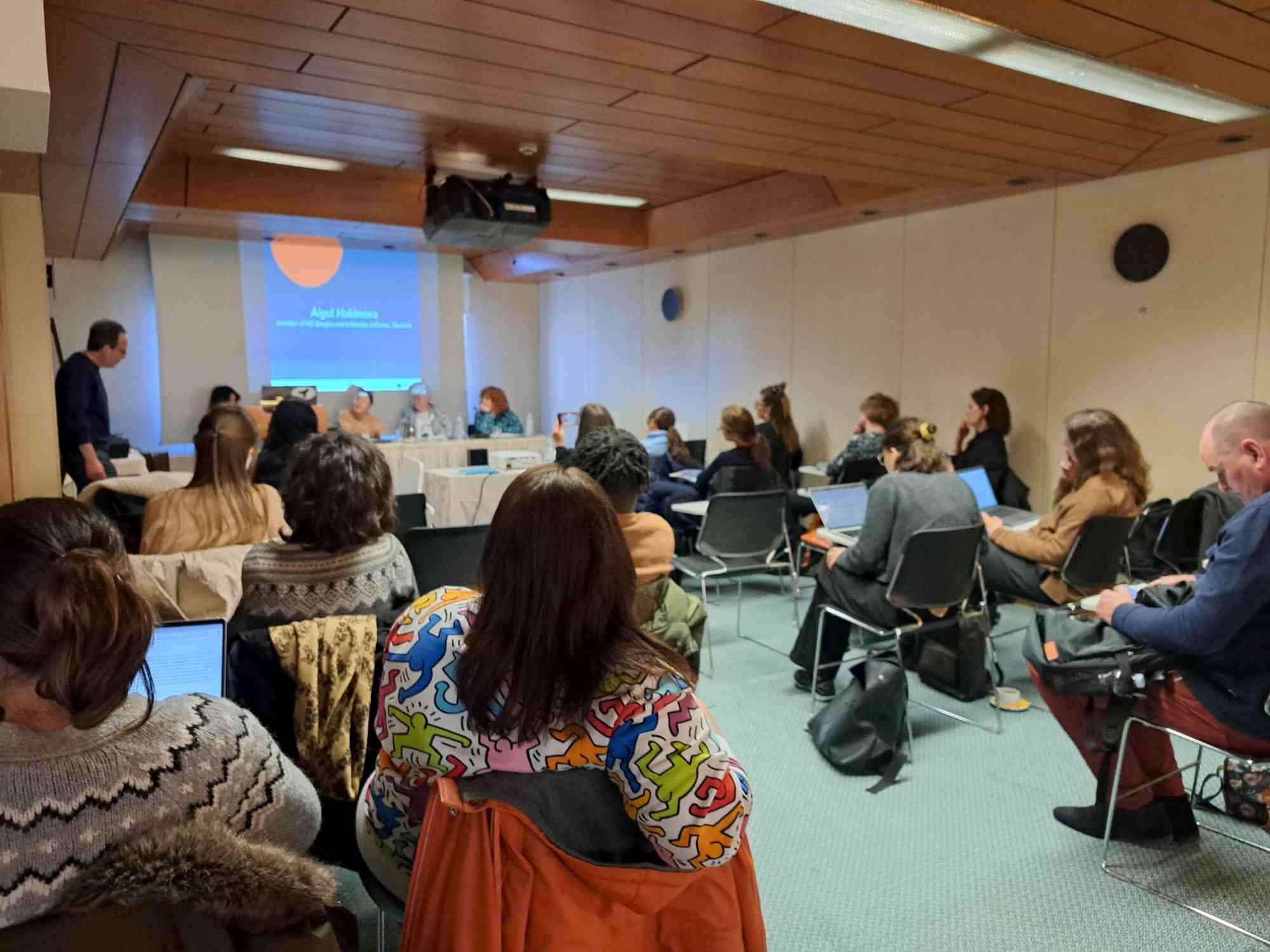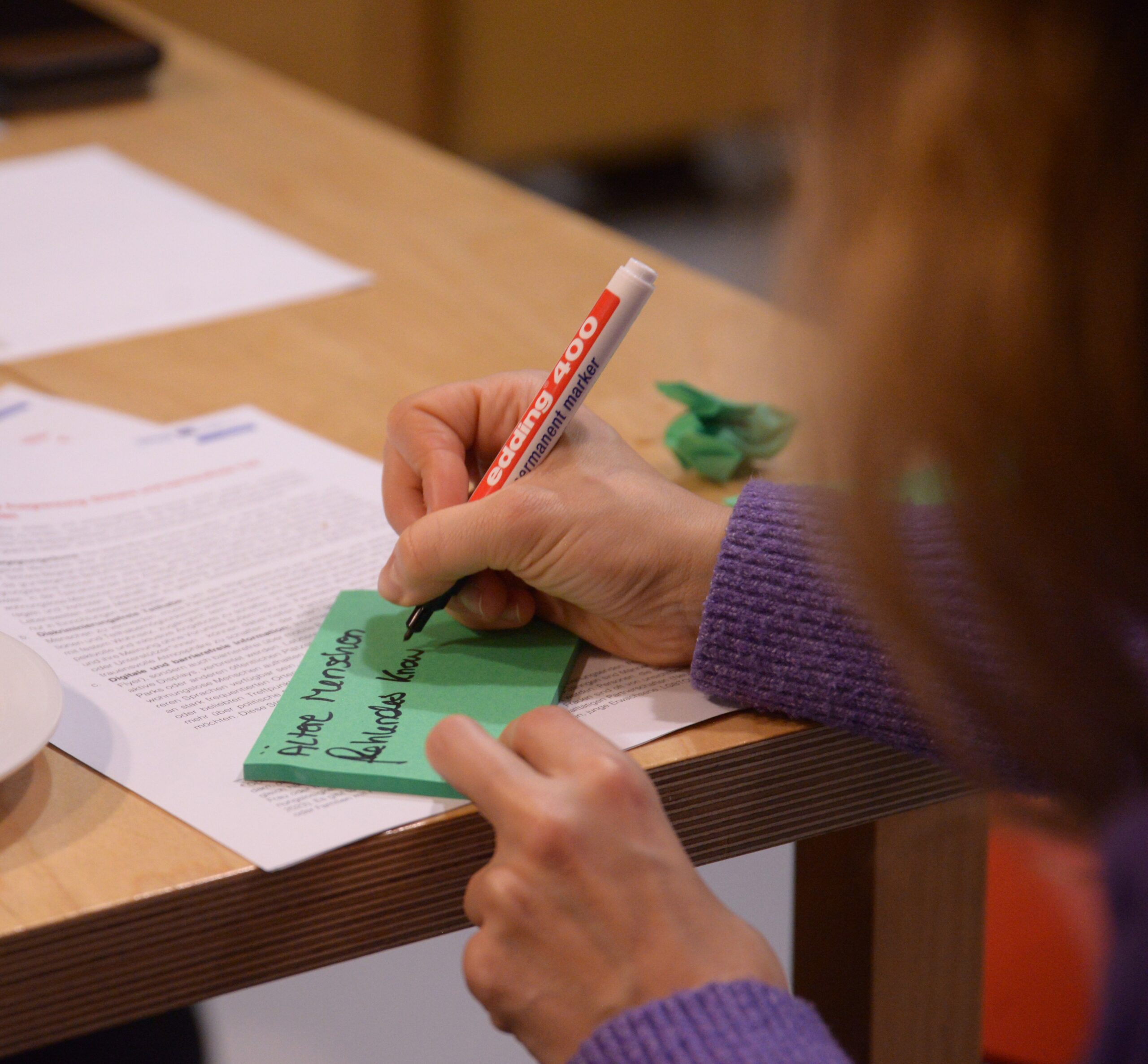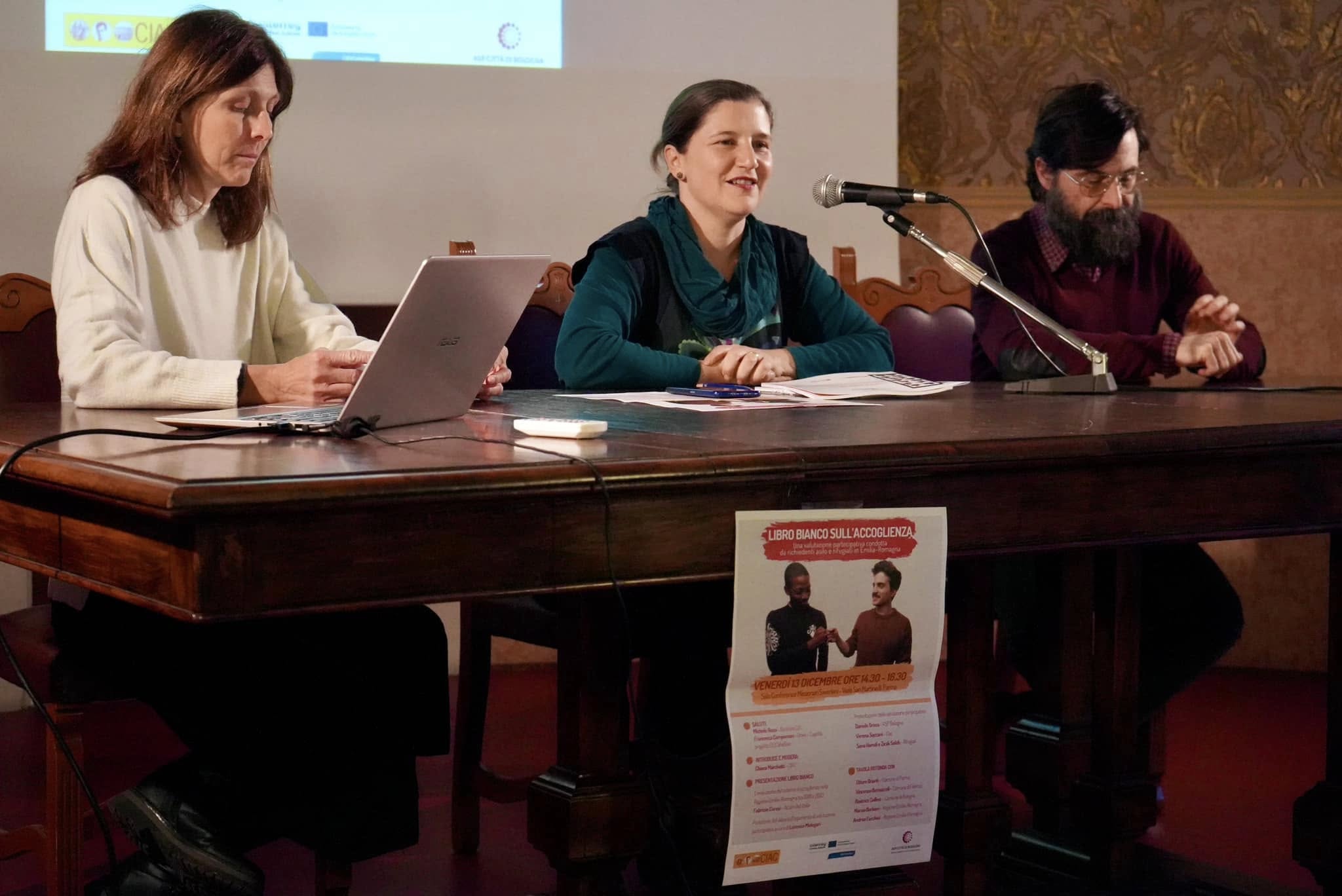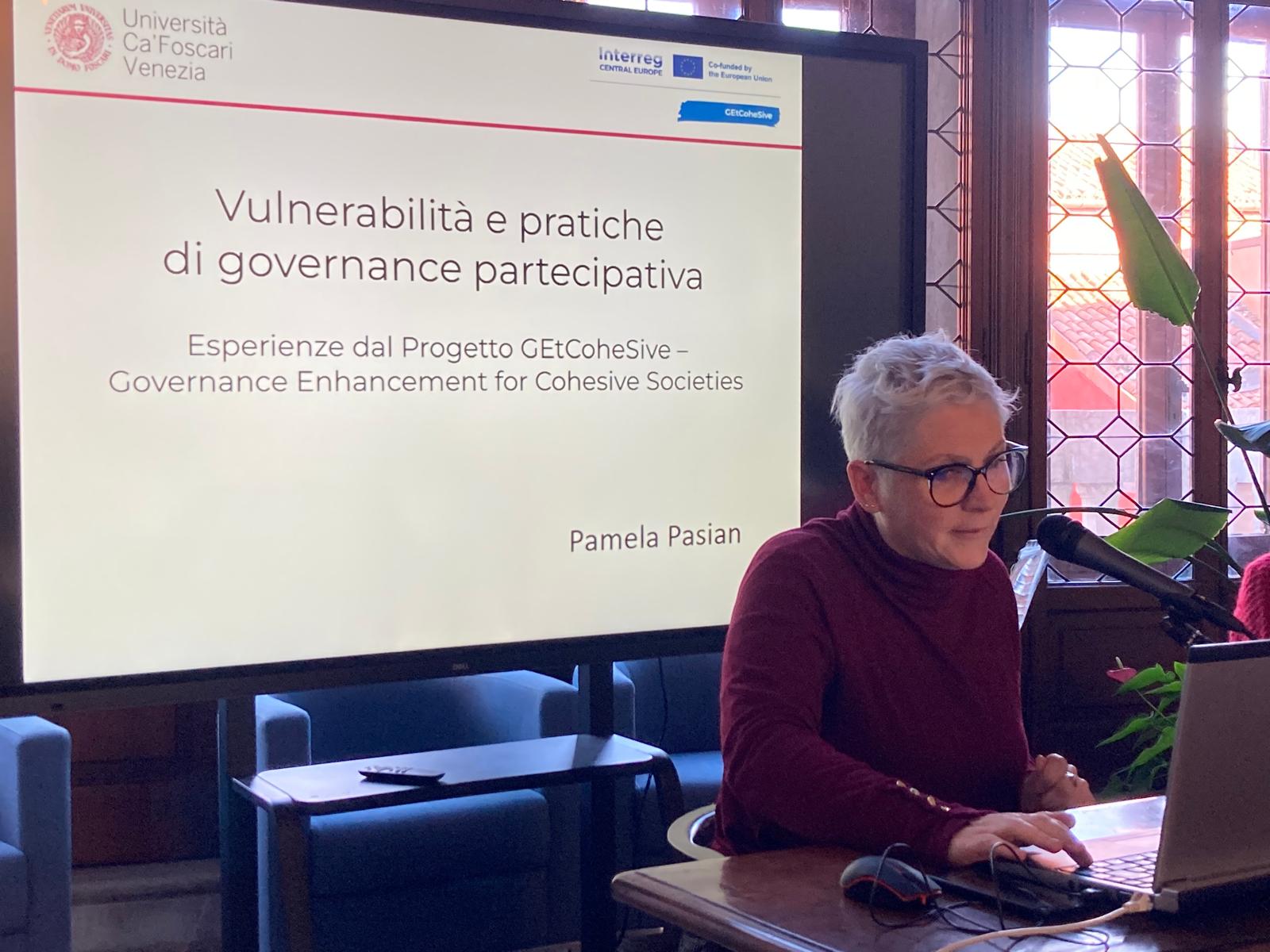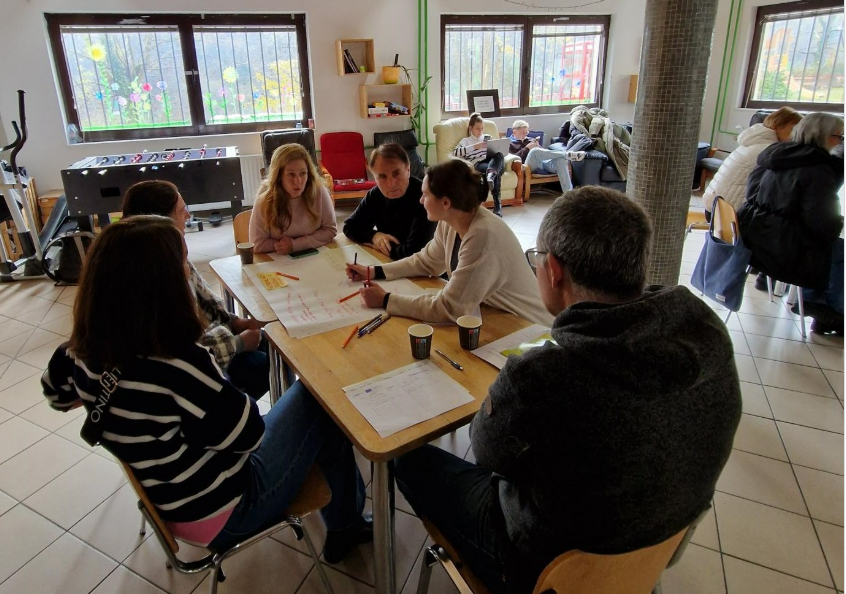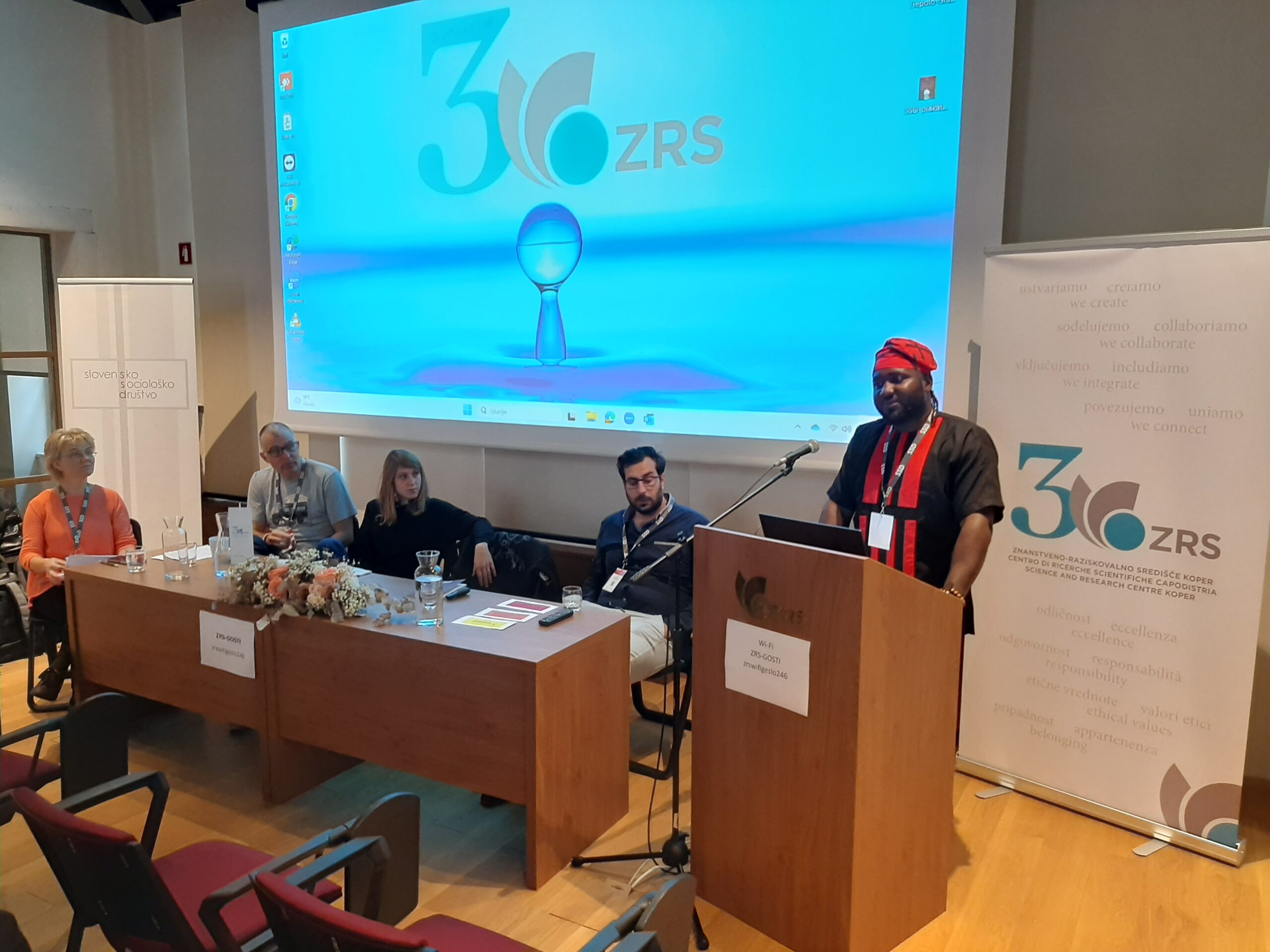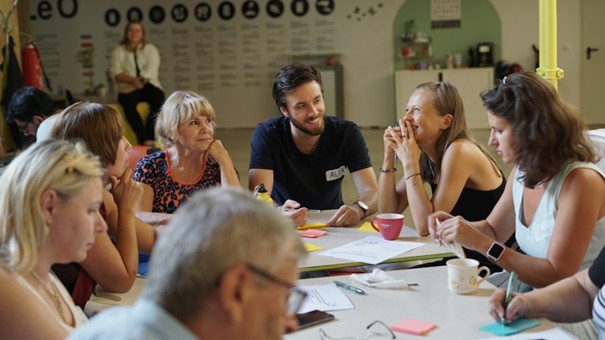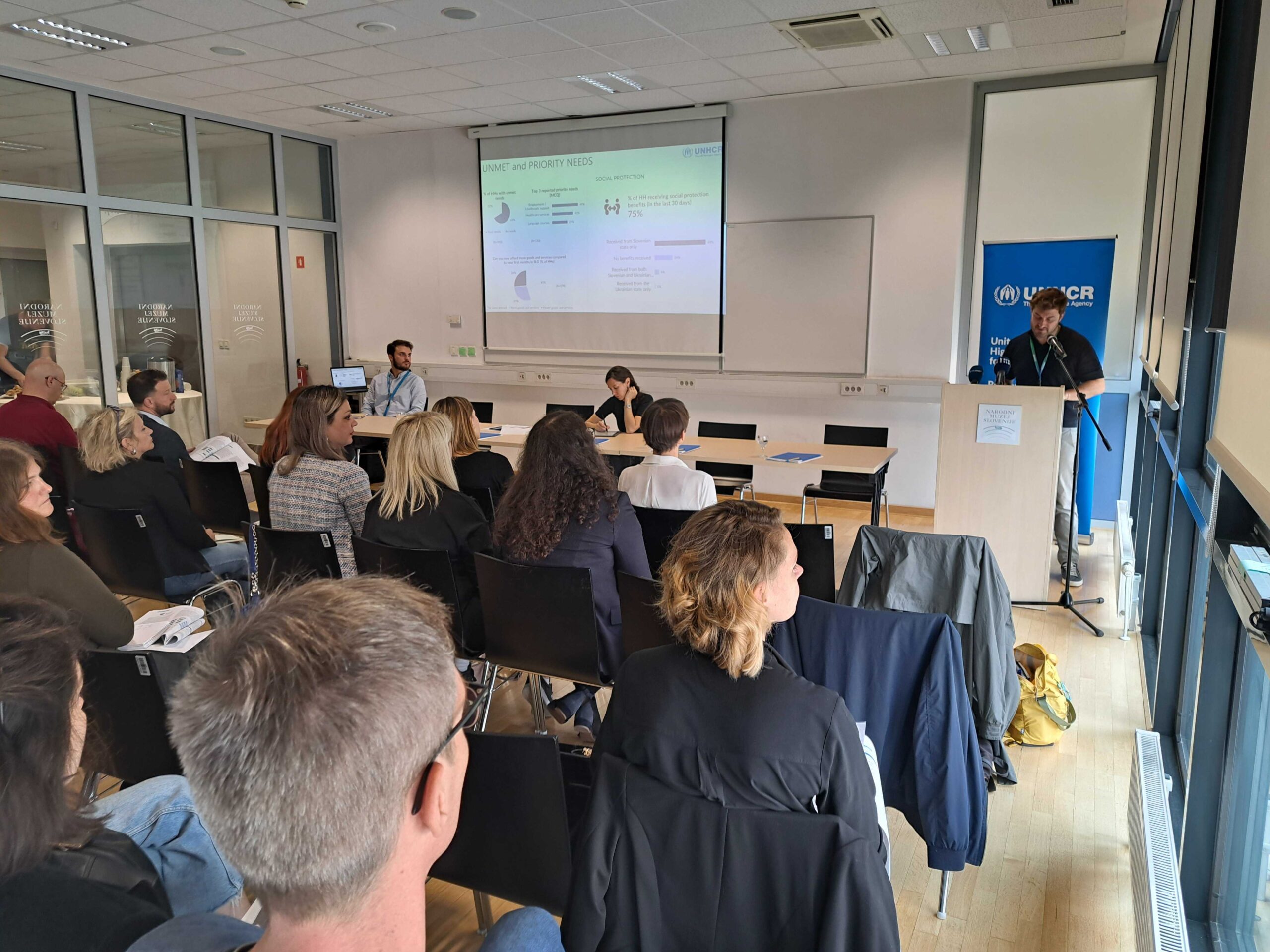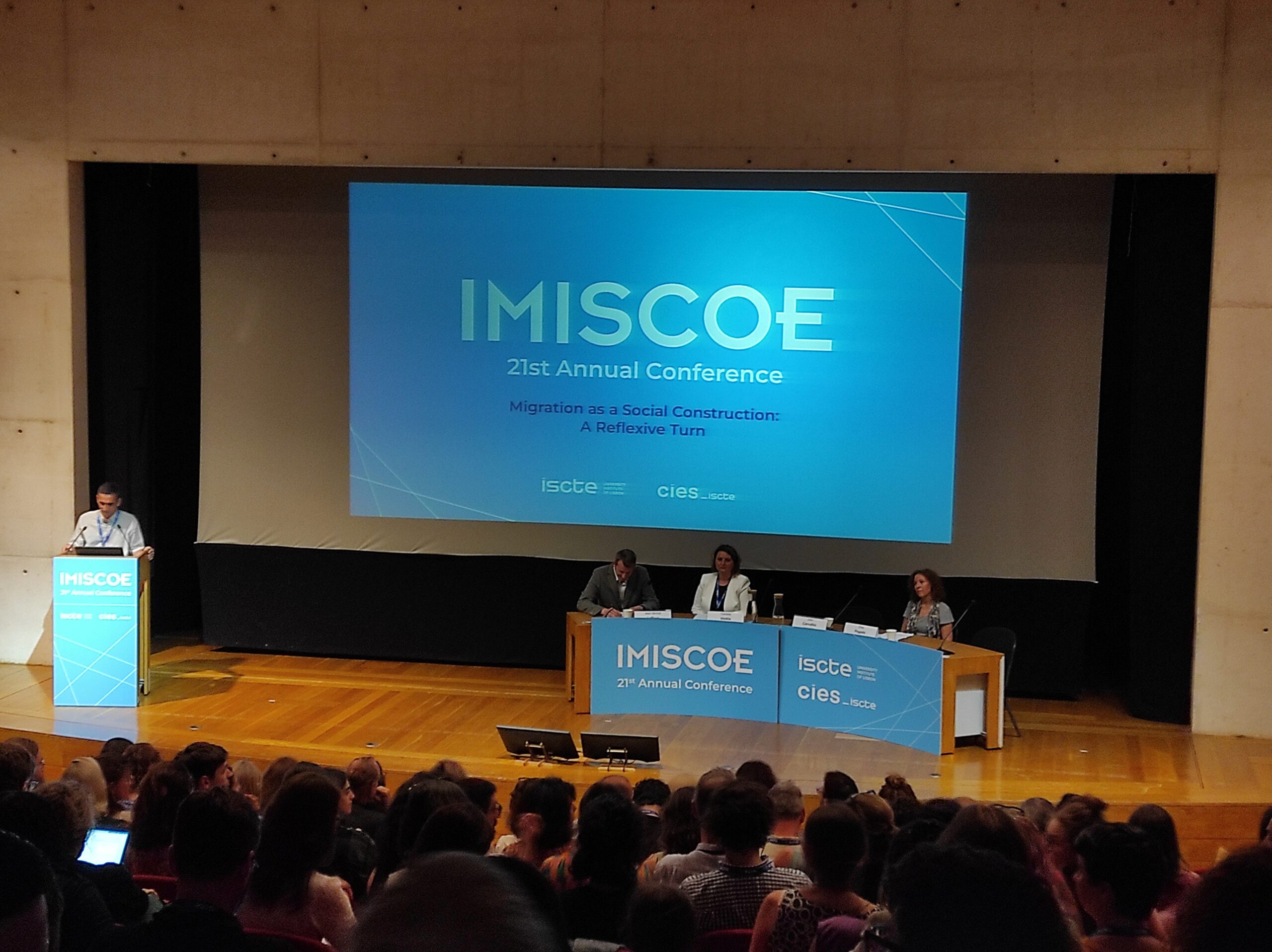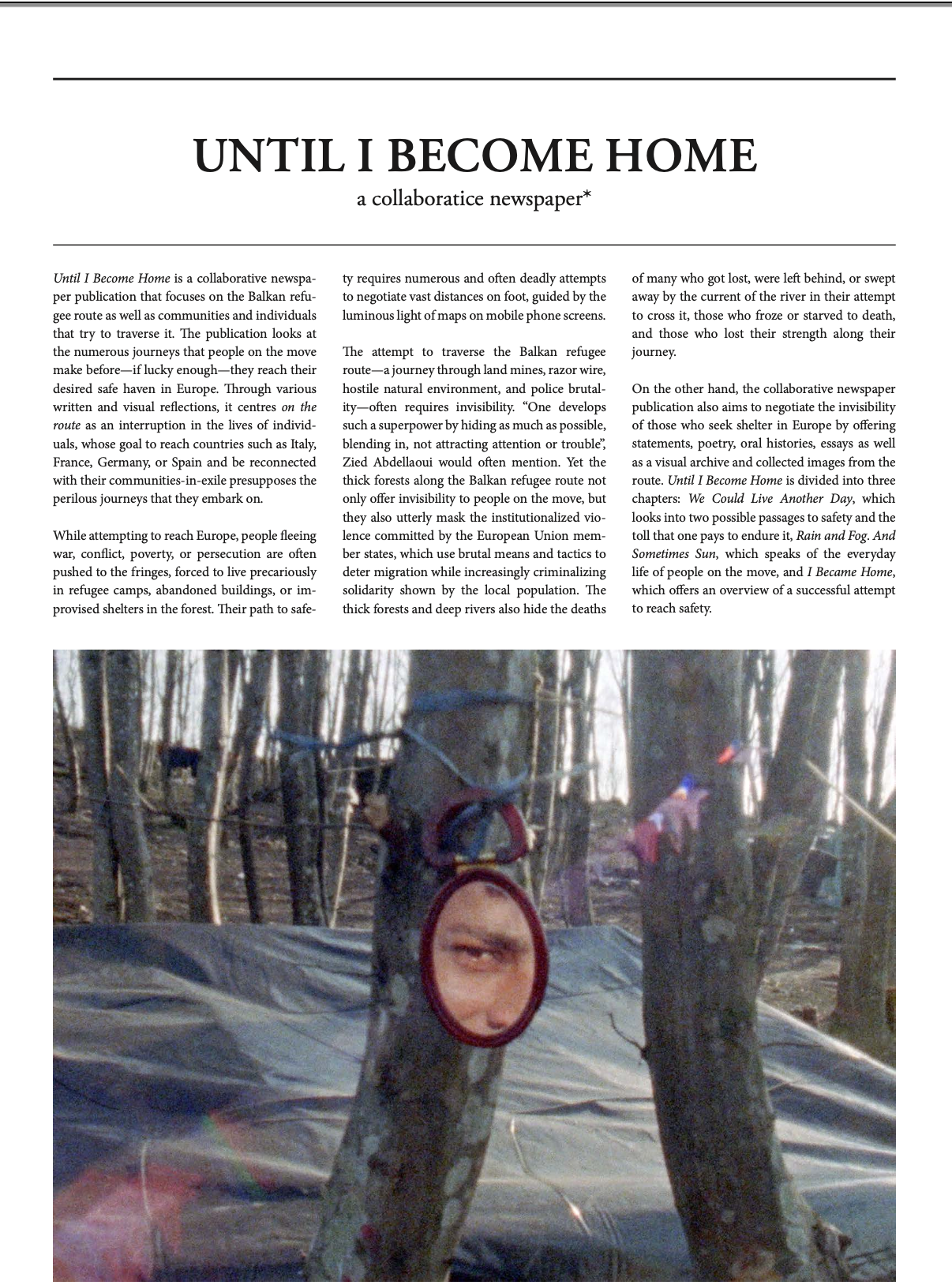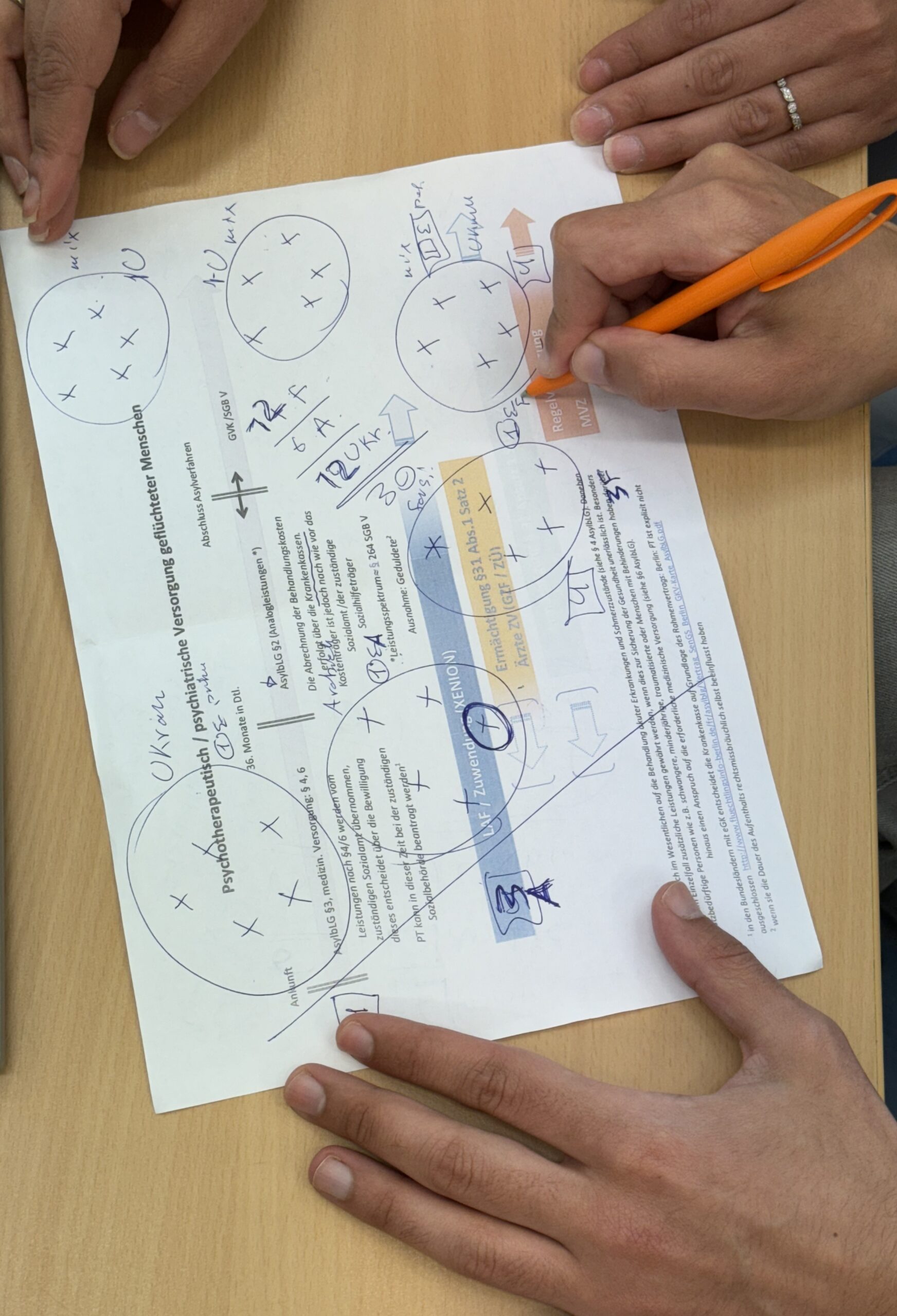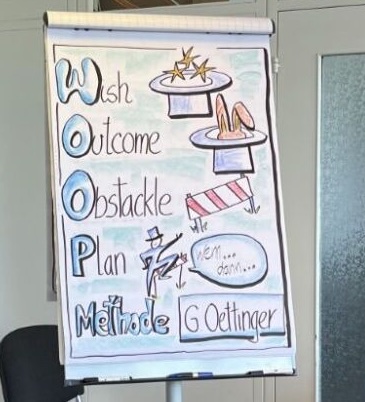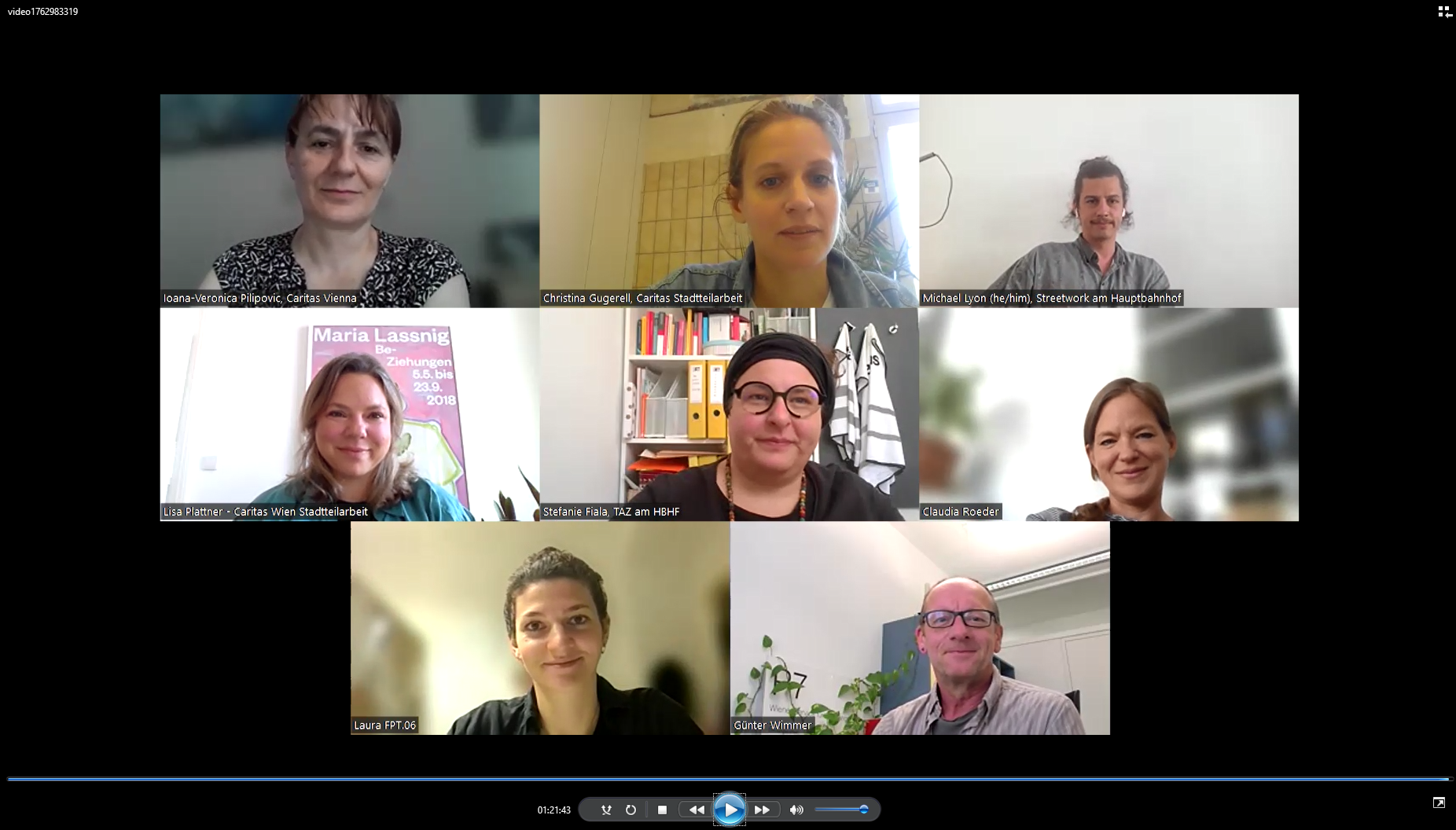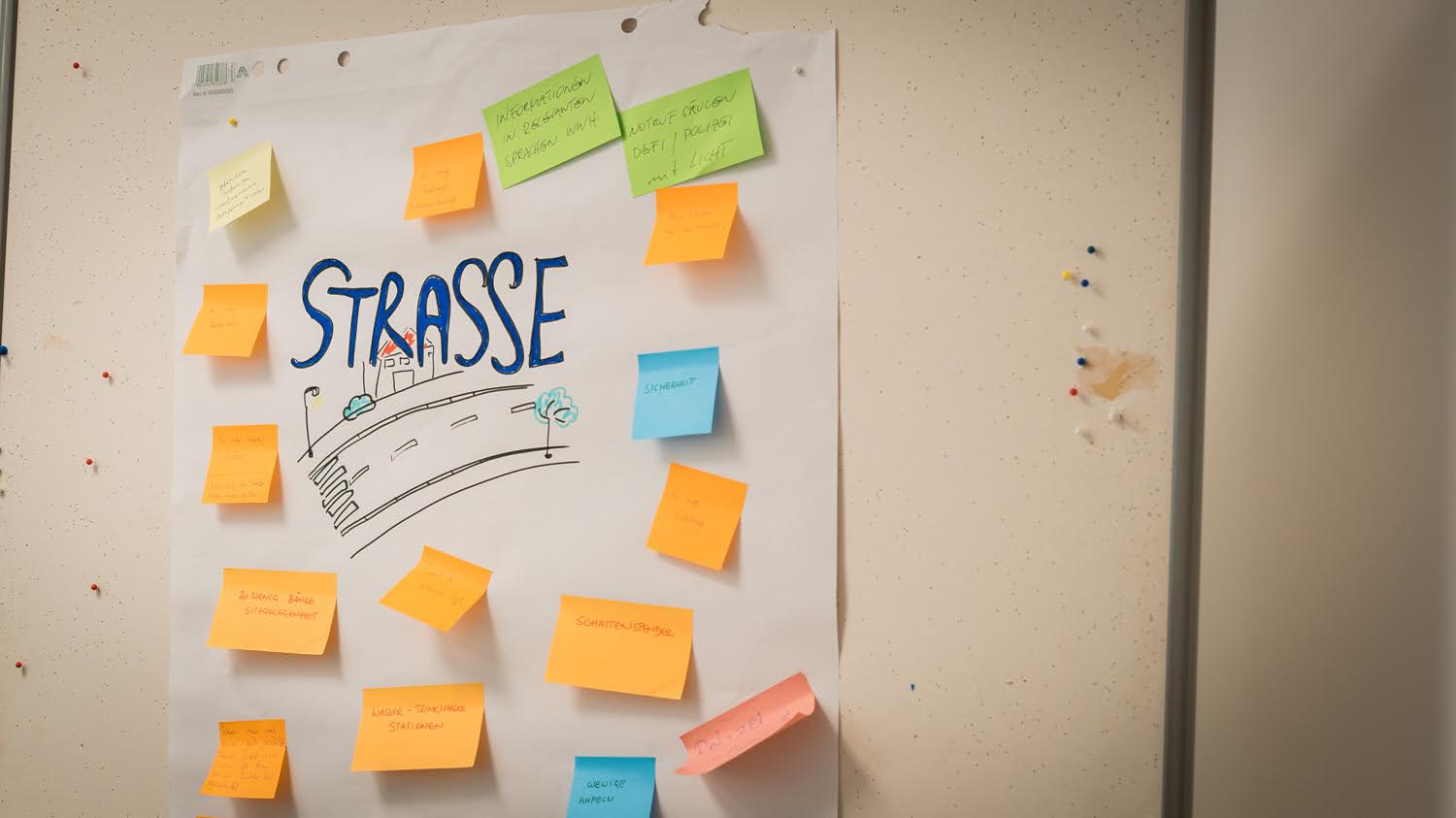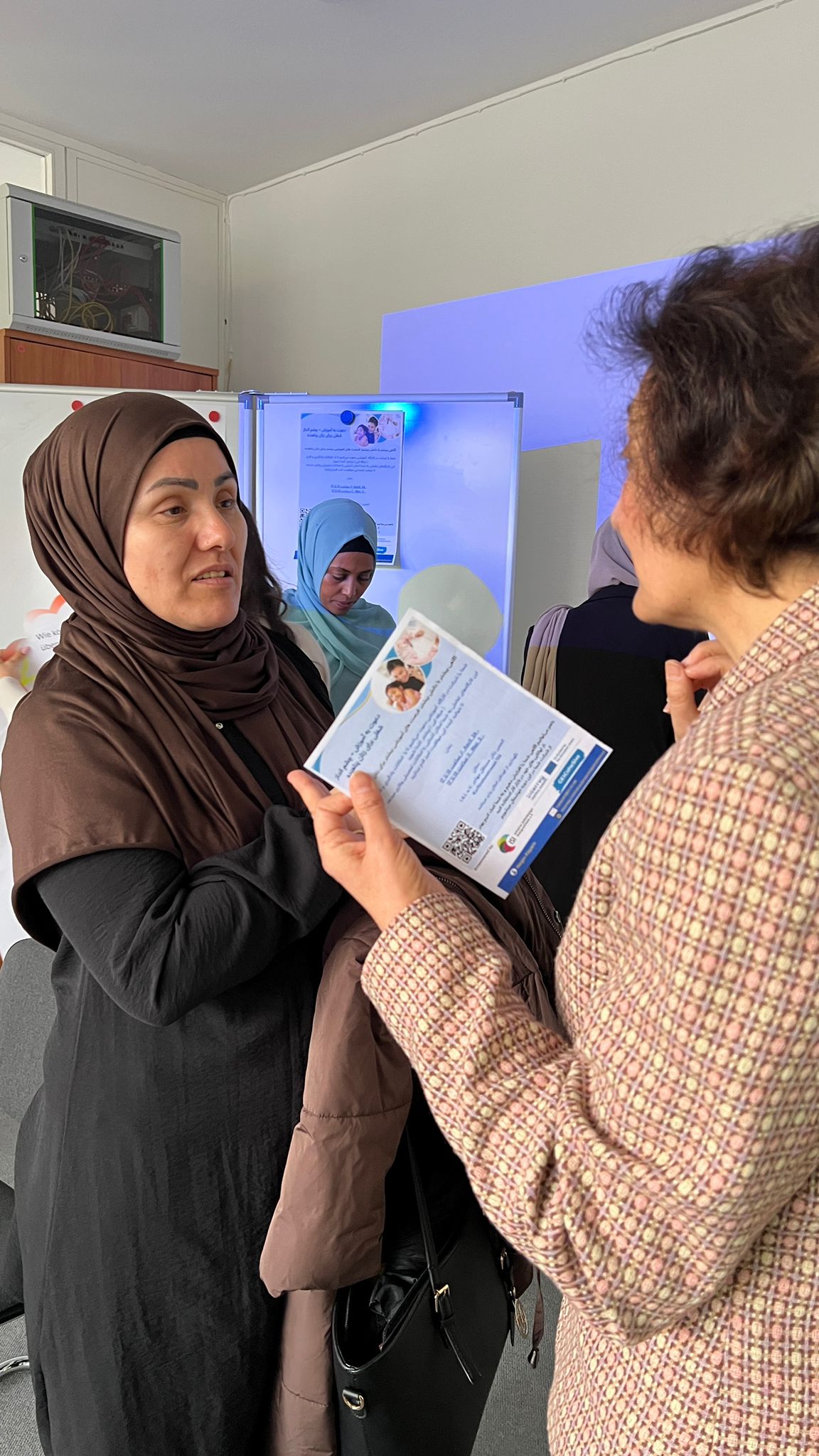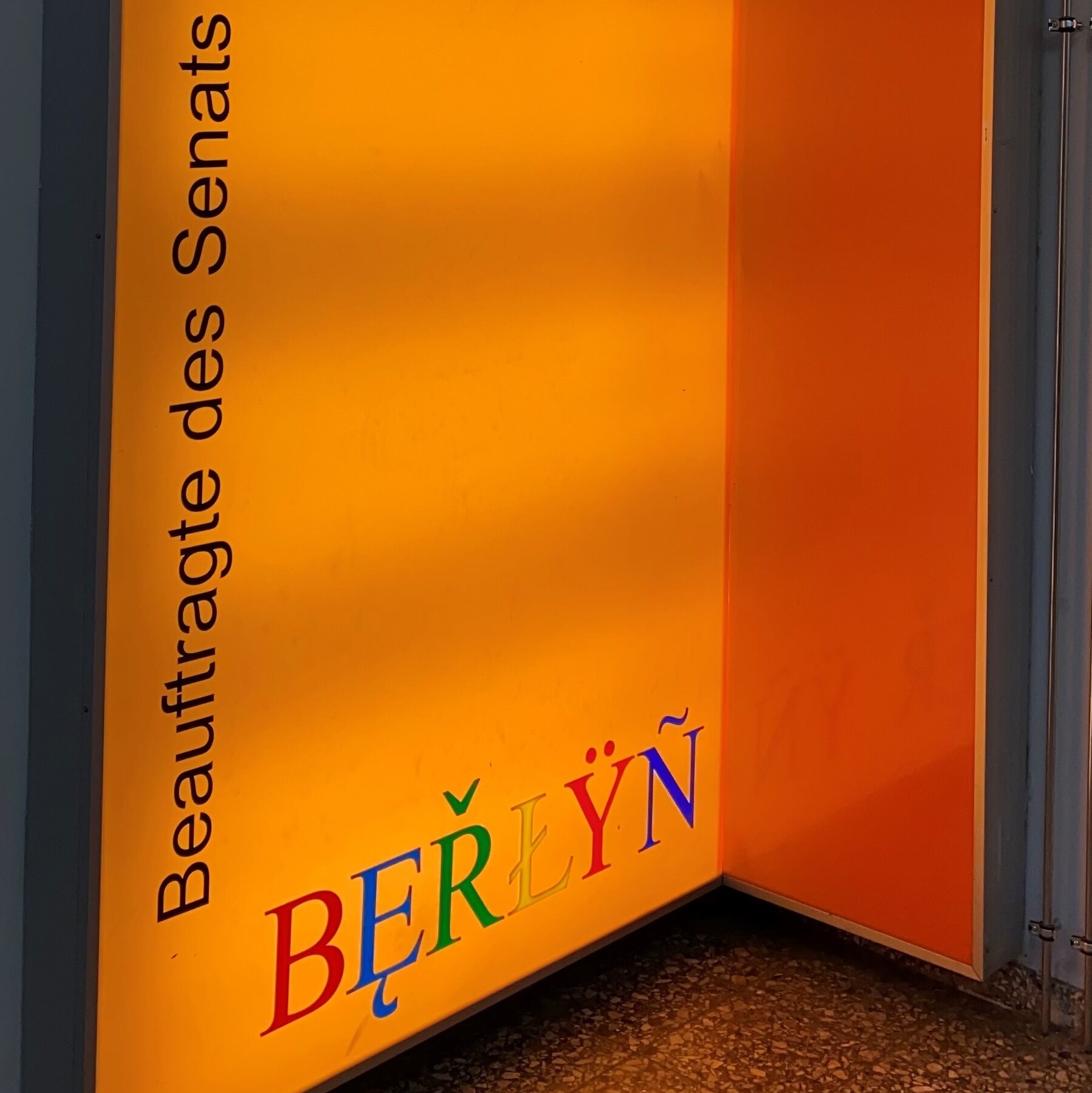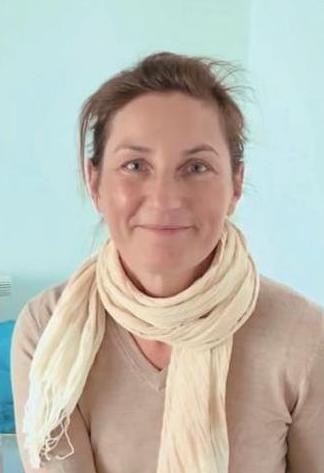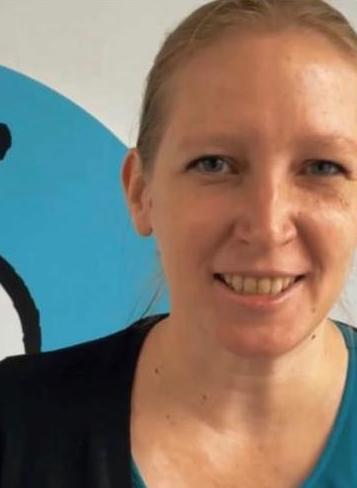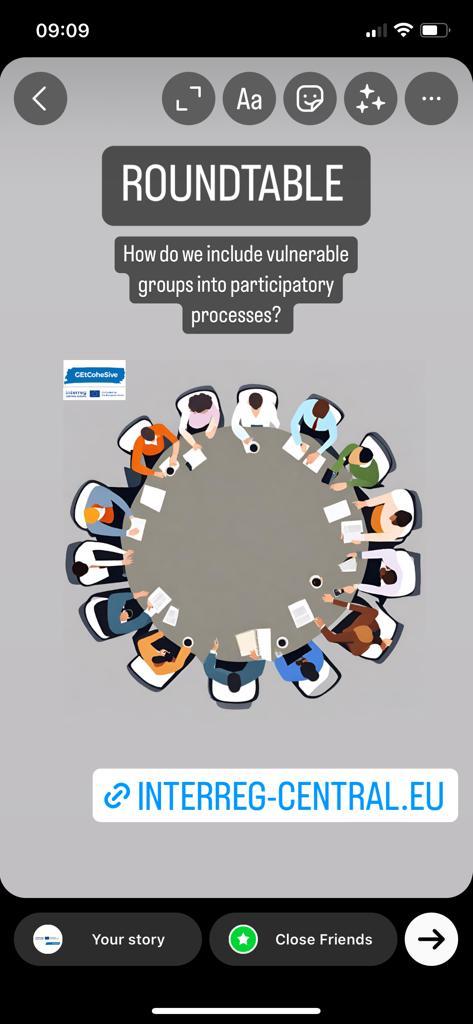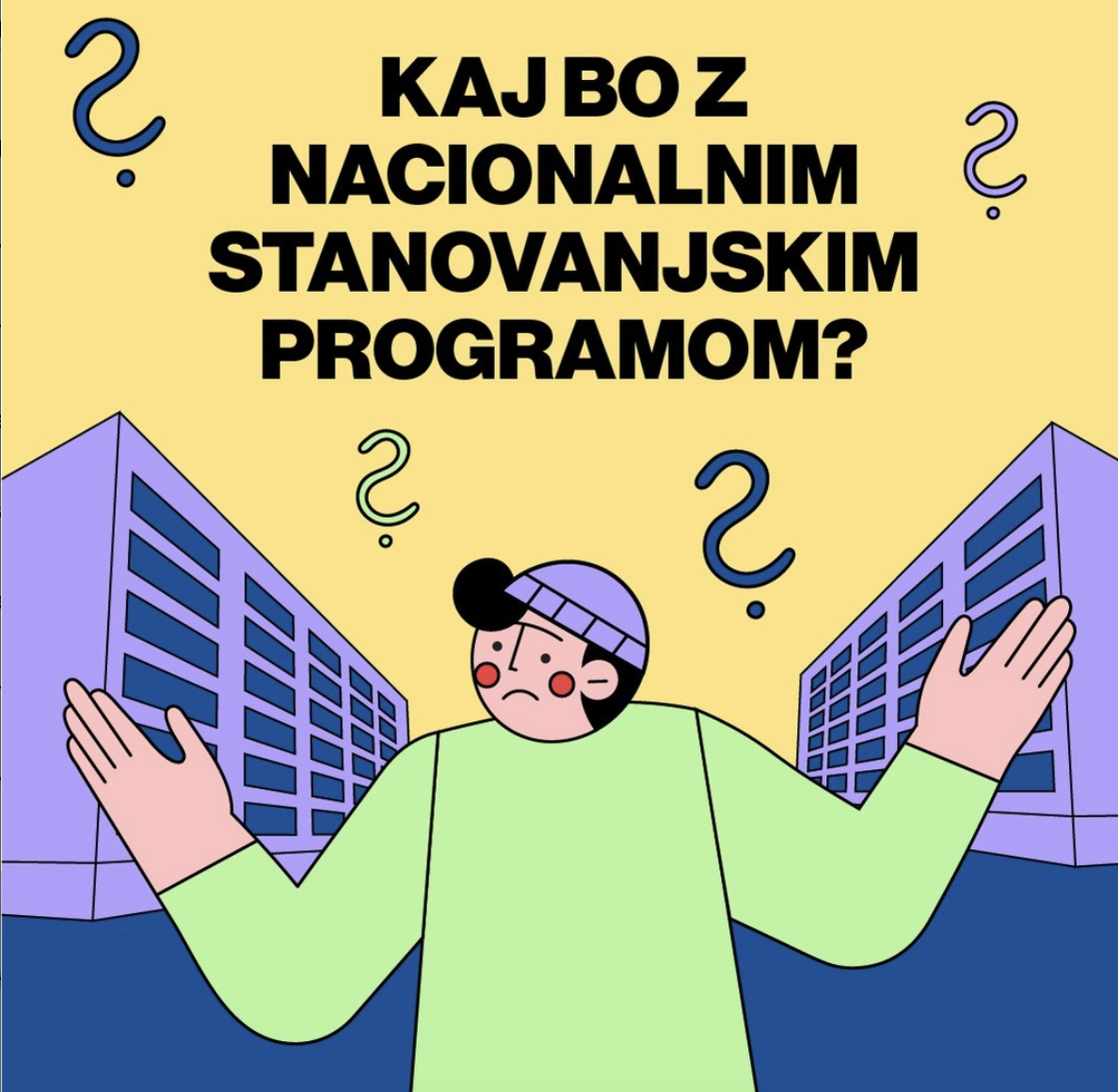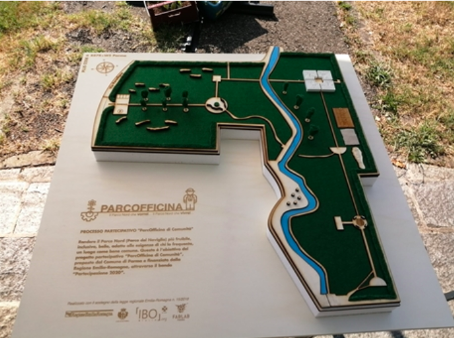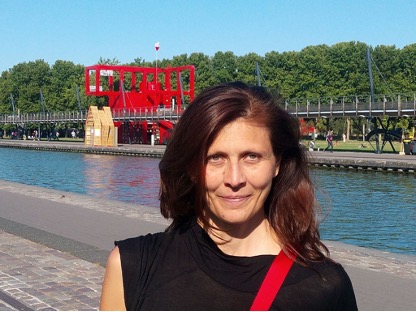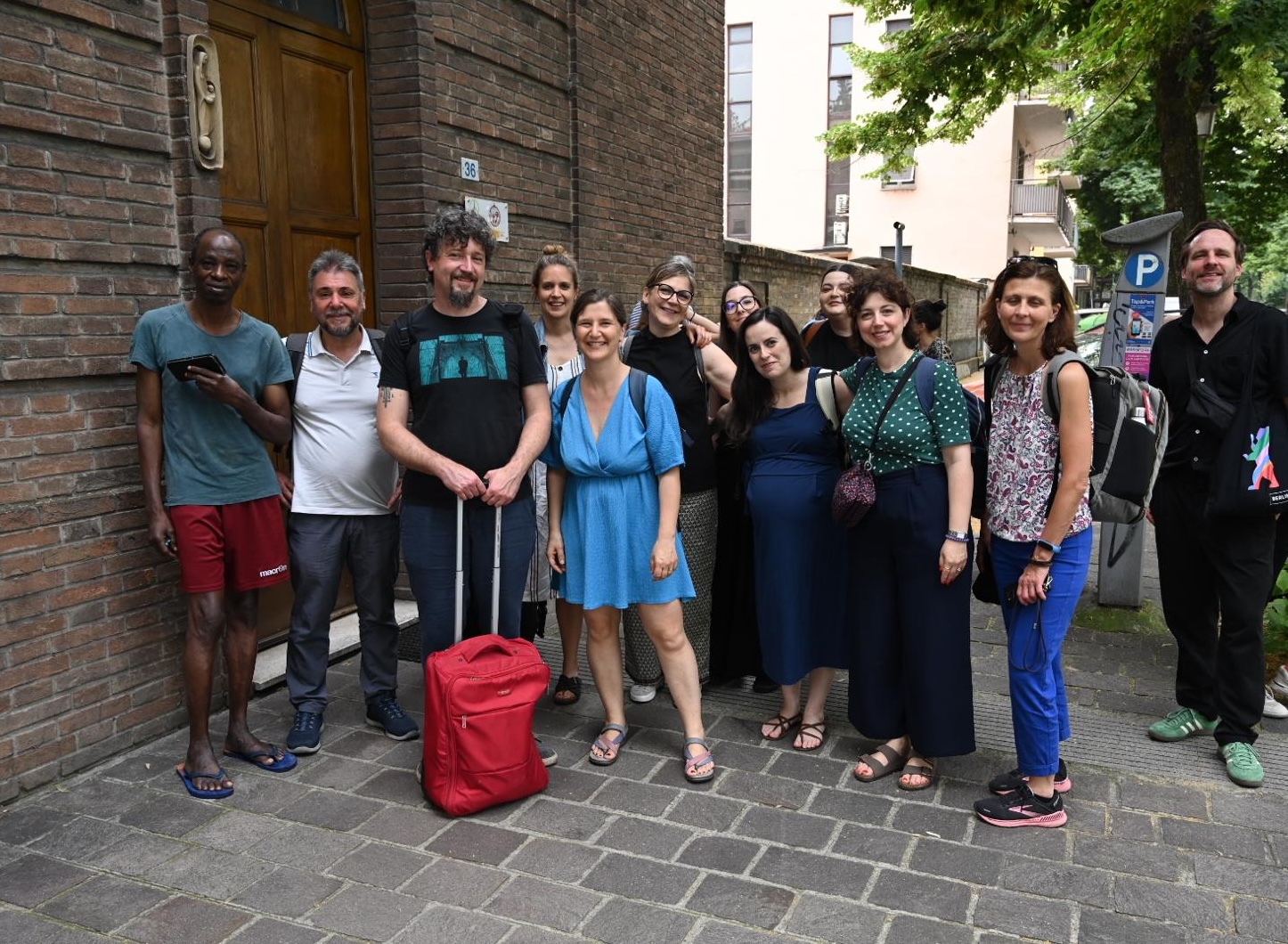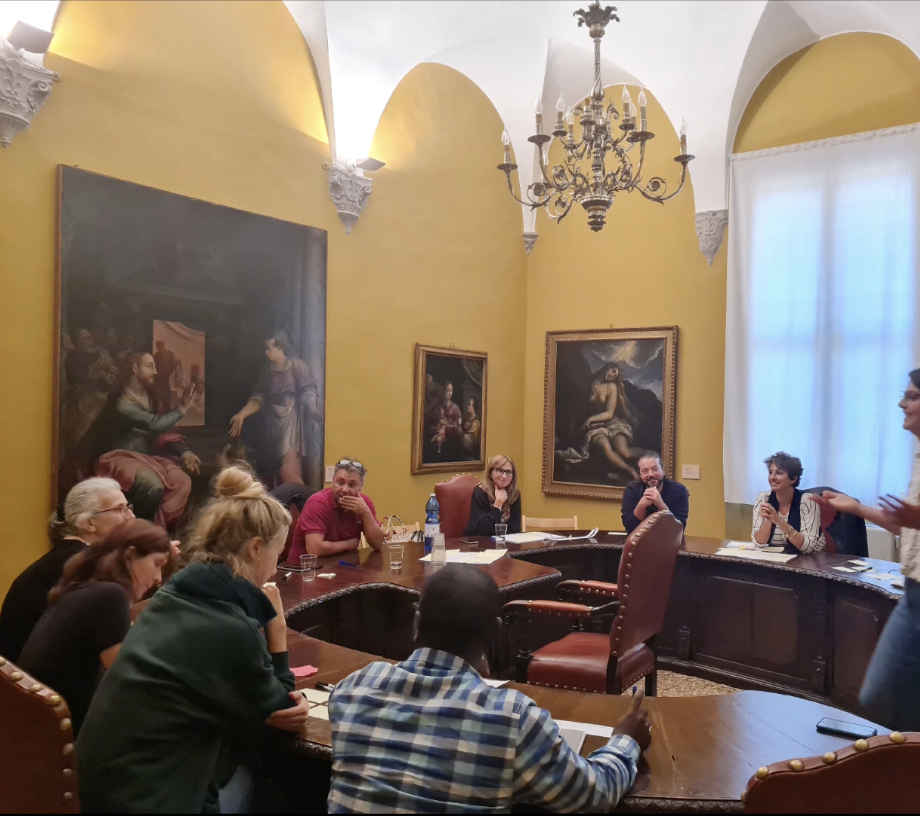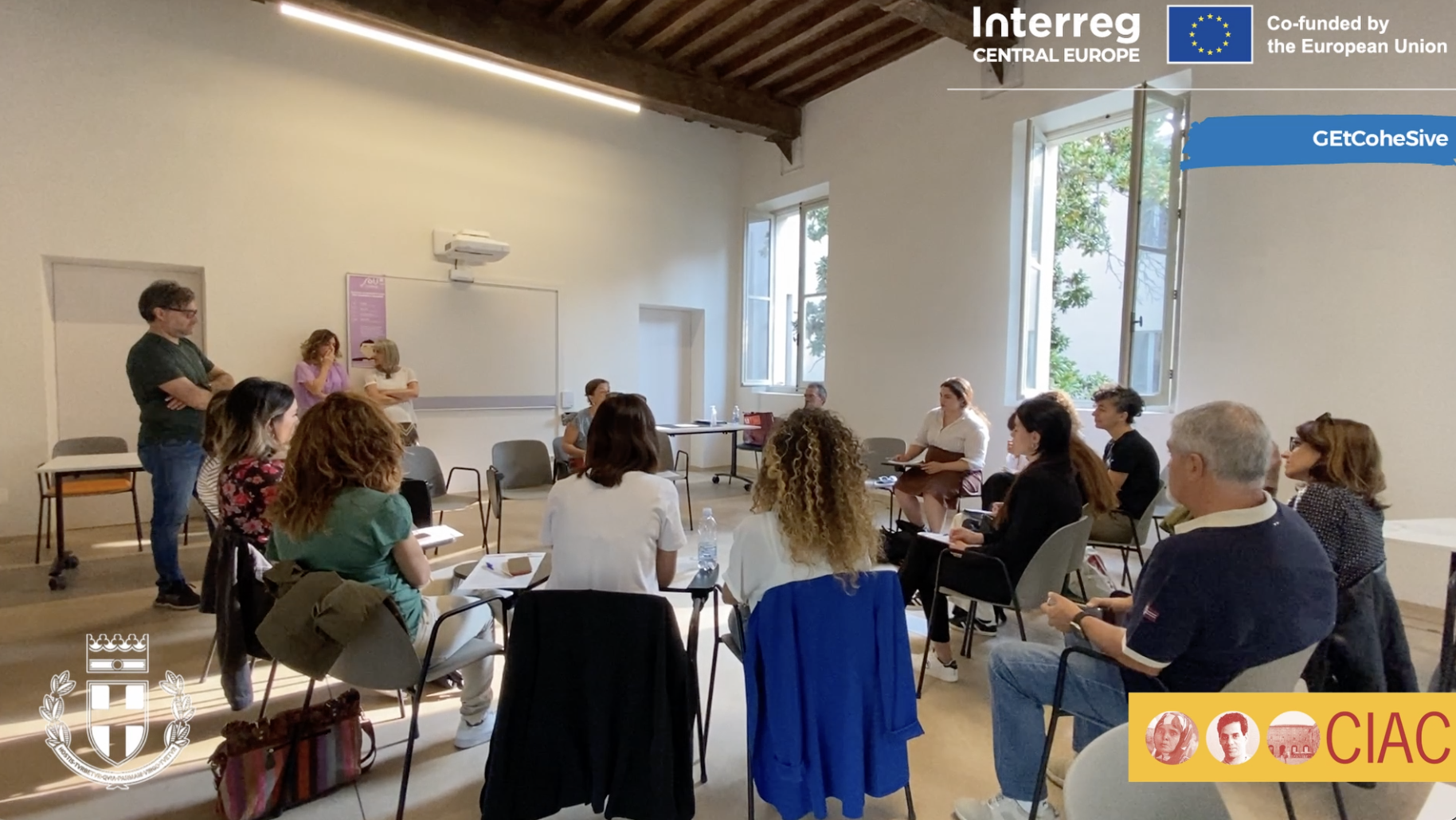Project overview
Governance Enhancement for Cohesive Societies
Citizens across central Europe increasingly want to get more involved in local and regional policy-making. The GEtCoheSive project develops and tests inclusive governance practices to improve public authorities’ capacities to engage with citizens from vulnerable backgrounds, especially in view of environmental policies and access to care services. The partnership develops a transnational strategy and local action plans for four cities to make their societies more cohesive.
-
2,63m €
-
Project Budget
-
80%
-
of the Budget is funded by ERDF
-
4
-
Countries
-
7
-
Regions
-
12
-
Partners
-
4
-
Pilots
Duration
Start date
End date
Project progress
About the project
Project partnership
Project partners

Lead partner
Ca' Foscari University of Venice
Department of Philosophy and Cultural Heritage
Project partner
Slovenian Migration Institute
1000 LJUBLJANA
Social Sector
Fakultät I, Arbeitslehre, Technik und Partizipation
Stadtteilarbeit / Gemeinwesenarbeit
Research Platform “The Challenge of Urban Futures”
20124 Milano
Cohesion Area and European Project Unit
Roadmap
Social Inequality is a Challenge
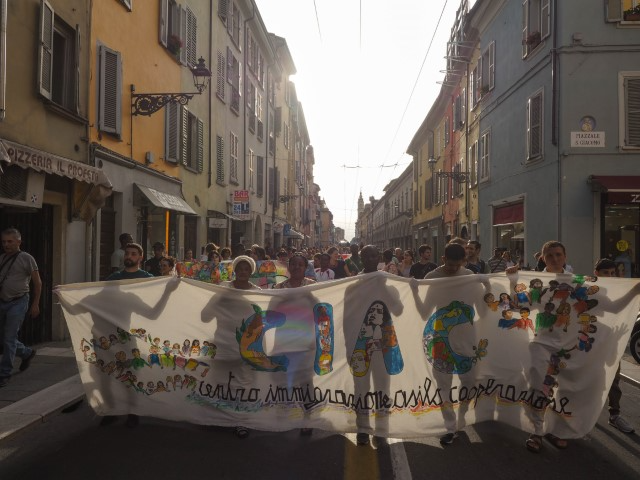
Inequality is both a socio-economic and a political risk for democratic societies: Not all people have the same possibilities to participate in political decisions and the many ways we shape our future. So how do we include particularly vulnerable groups into participatory processes?
Specific Problem
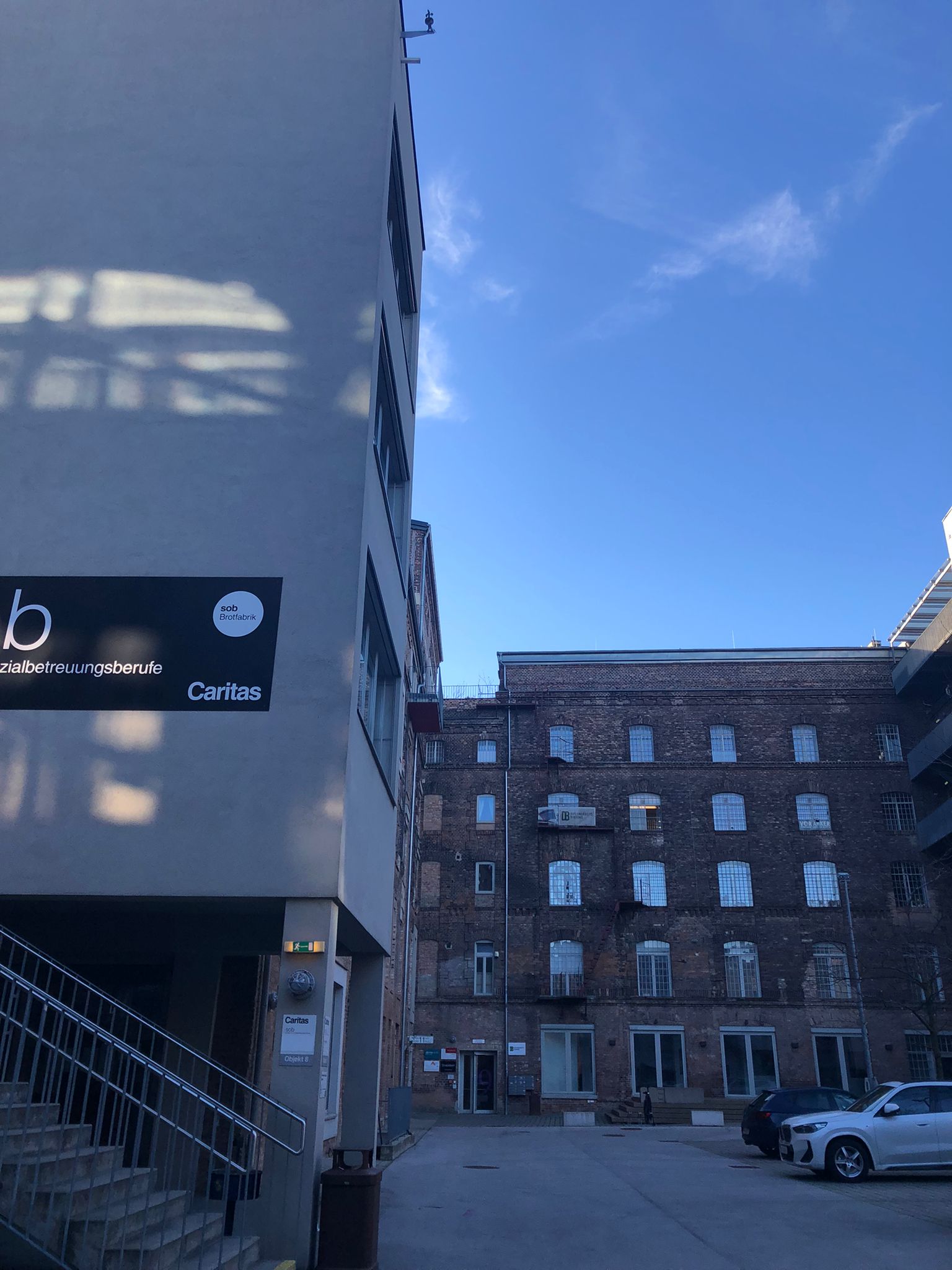
Unemployment or poor work, poverty and material deprivation act as barriers for a full participation in society. Vulnerable groups – people with migrant backgrounds, elderly, disabled persons and people with low income or poor health – are hard to include into participatory governance processes.
Our idea
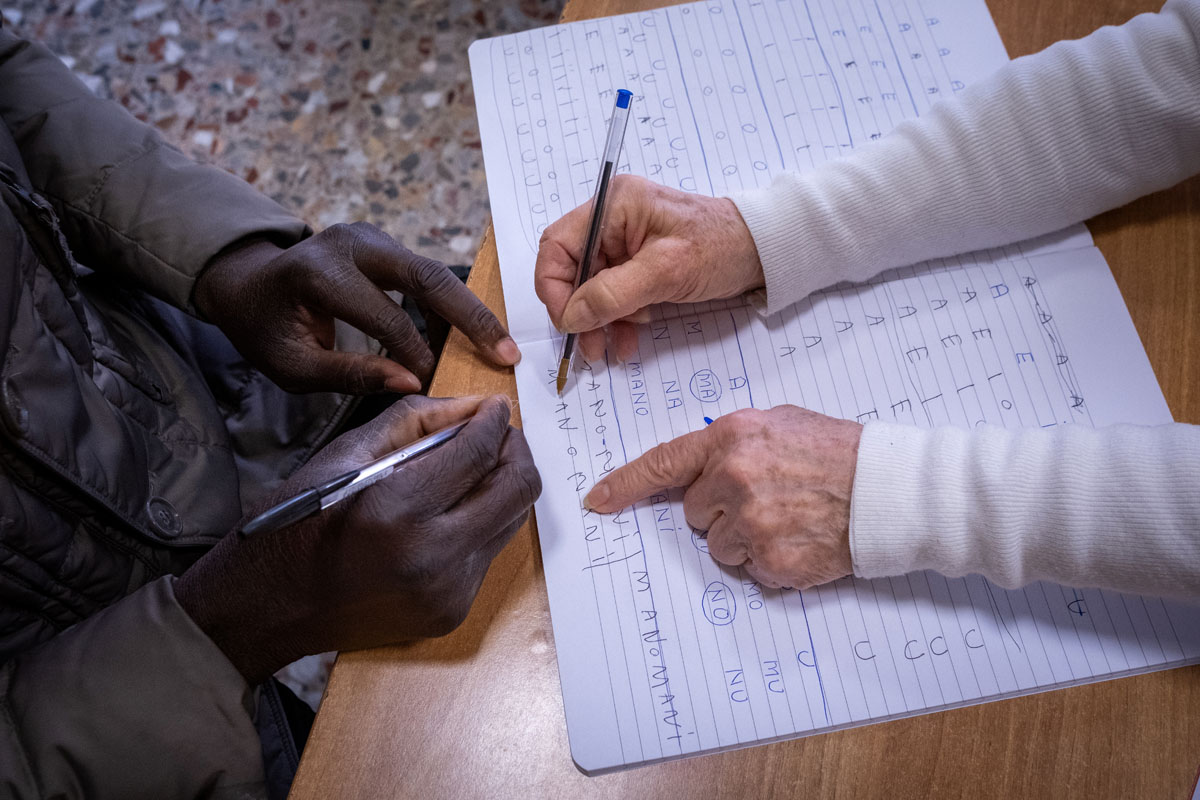
What if we strengthen participatory governance? What if we bring together stakeholders from administrations, citizens, NGOs, and collaborate on improving existing participatory tools? What if we make participation work for vulnerable, marginalised people, for those who are usually excluded?
Our solution
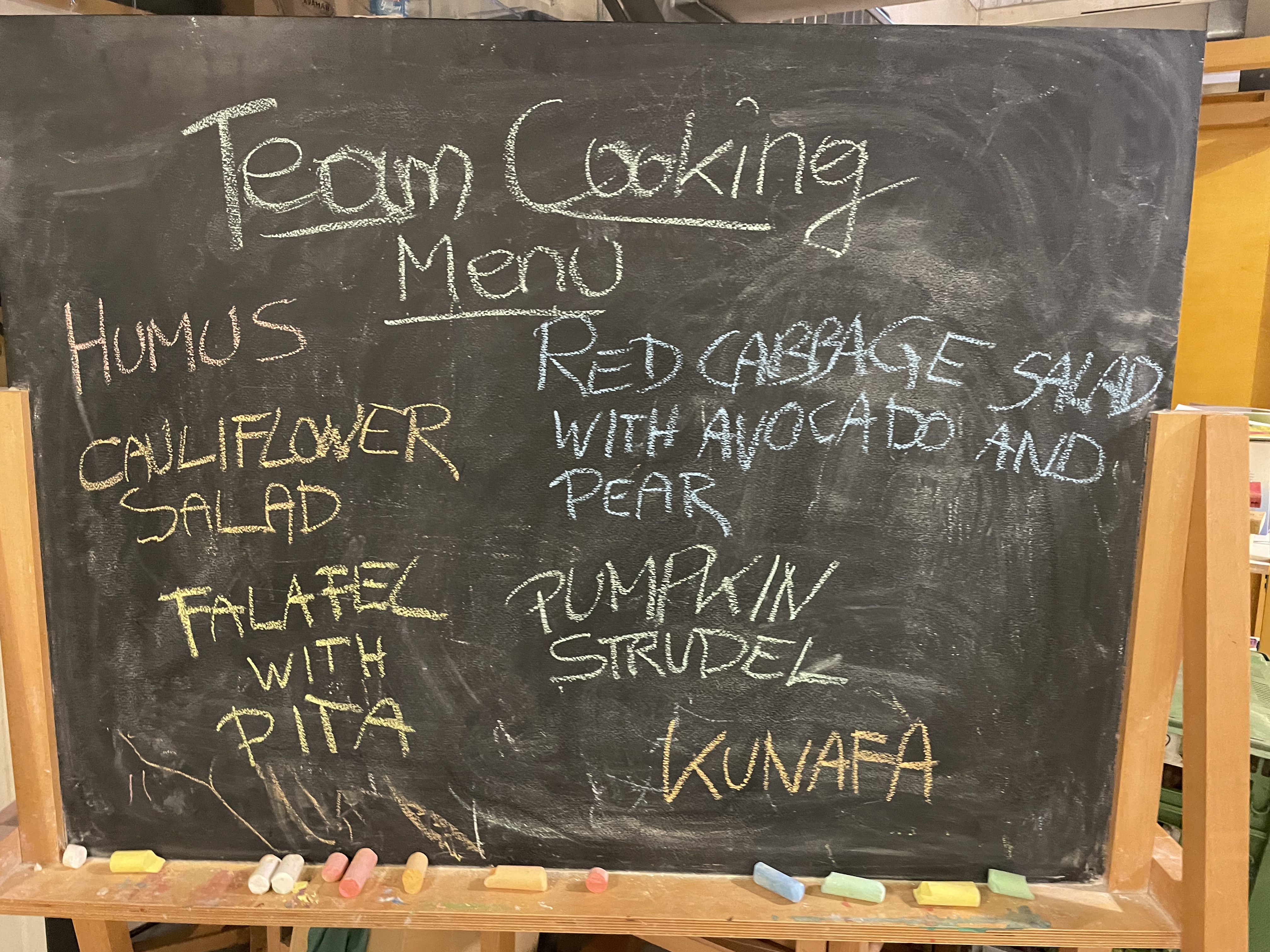
We enhance participatory governance: we broaden the possibilities to engage and empower vulnerable citizens by developing new best practices of participatory governance processes.
How it works
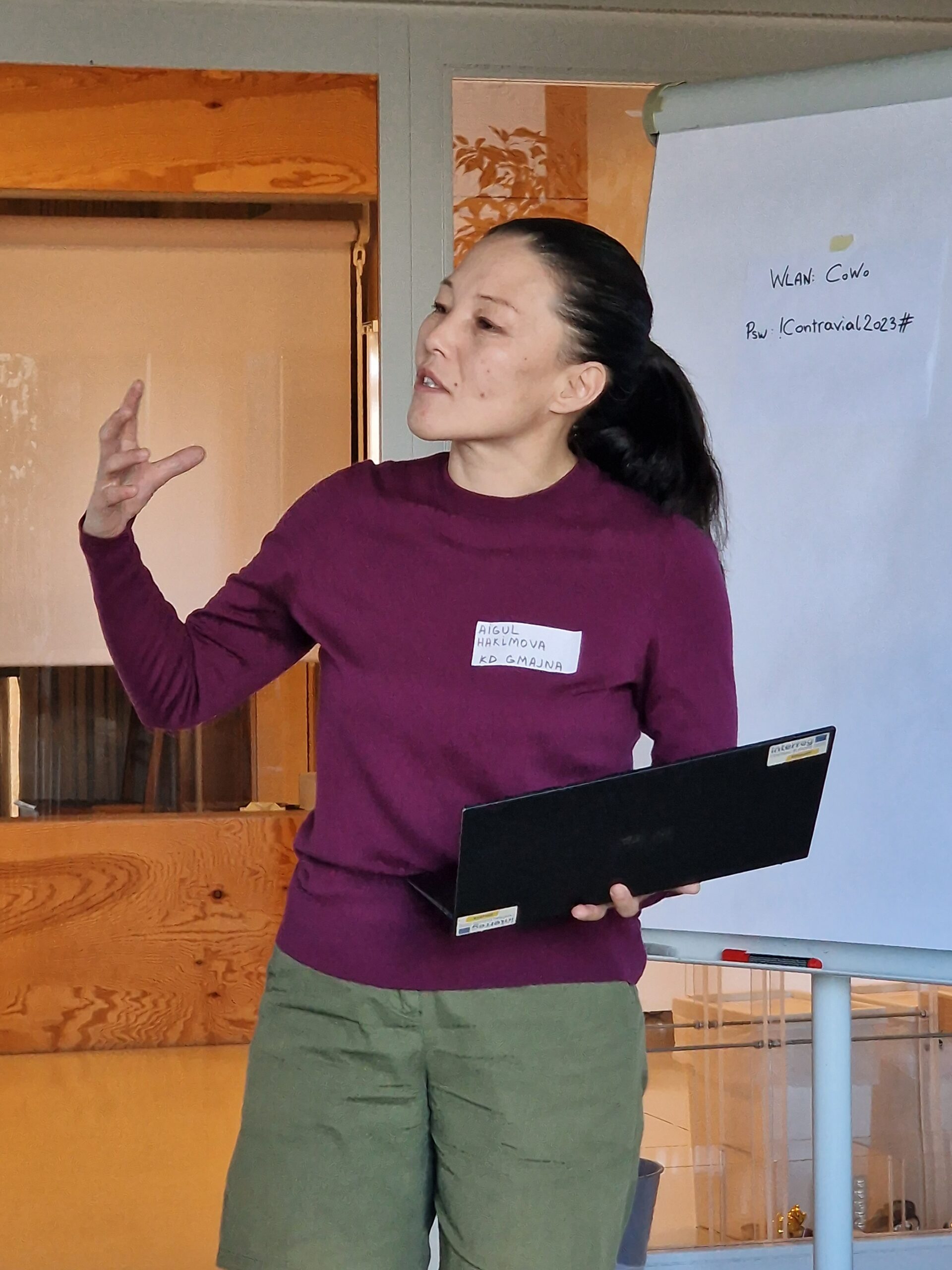
Starting with an Inventory of Good Practices from five cities and a mapping of strengths and weaknesses of the territorial governance in access to care services and environmental policies, we apply both participatory processes and deliberative practices to relevant new social risks.
Proof/Credibility
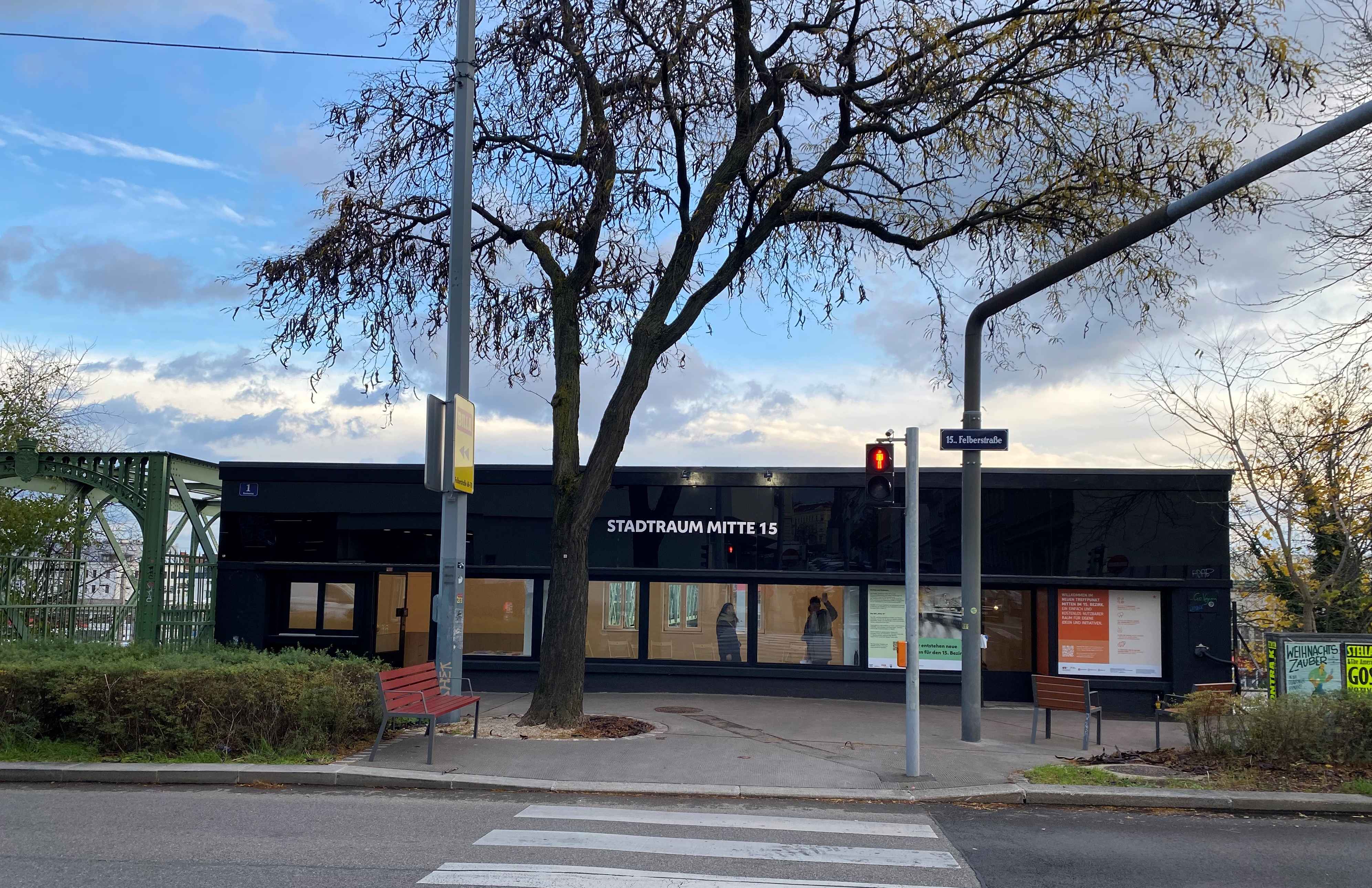
The results of GEtCoheSive improve the quality of policies and make societies more equal and cohesive. Innovation lies in testing participatory and deliberative strategies primarily on vulnerable groups and in relation to crucial policy fields selected: access to care services and environmental policies. Outputs are: 4 pilots for testing participatory practices of governance and 4 related solutions. 2 transnational strategy and action plans. Beneficiaries are public authorities, gaining more skills and trust from citizens, and citizens who raise awareness on policy making and skills for being protagonists.
Vision

A Europe that feels alive, because everyone can participate.
News
Events
Pilot actions
Outputs

Co-Development and piloting of participatory and deliberative processes to engage vulnerable groups
The project is implementing four typologies of pilot actions, each designed to facilitate different types of engagement between stakeholders, based on the direction of the process and the role of participants:
Top-Down Participatory: In this model, the process is initiated and coordinated by public actors such as local authorities or government agencies. While the overall direction comes from the top, the participatory aspect is preserved by involving the target groups (e.g., immigrants, refugees, or marginalized communities) in consultations, feedback sessions, or focus groups. This approach seeks to gather input from the community to shape policies or initiatives that affect them, ensuring that their voices are heard even if the overarching decisions are made by the authorities.
Bottom-Up Participatory: Unlike the top-down model, the bottom-up participatory process is led by private stakeholders, such as non-governmental organizations (NGOs), community groups, or social organizations. These groups take the lead in identifying issues, proposing solutions, and fostering collaboration with public authorities. This approach encourages active participation and empowerment of the community, ensuring that the solutions are driven by the needs and priorities of the target population, while public authorities are engaged as key partners.
Top-Down Deliberative: This model involves a more structured, dialogue-oriented process coordinated by public actors. The key characteristic of deliberative processes is the emphasis on rational debate, discussion, and consensus-building among participants. In a top-down deliberative setting, public authorities facilitate discussions with citizens and stakeholders to carefully examine policy issues, share information, and deliberate on potential solutions. This method aims to reach decisions that are well-informed, transparent, and widely supported, even though the initial direction and framework are set by public bodies.
Bottom-Up Deliberative: In the bottom-up deliberative model, the process is driven by community organizations or grassroots groups, with a strong focus on encouraging dialogue and consensus-building within the target group. These deliberative processes are structured to facilitate in-depth discussions where participants collaboratively explore issues and solutions. While the process is initiated by private actors, it aims to influence policy or decision-making by fostering informed, reflective conversations that involve all stakeholders. Public authorities may be invited to participate, but the community’s deliberation process takes precedence in shaping outcomes.
Each of these methodologies offers a unique approach to engaging communities and stakeholders, with varying levels of control and influence from public or private actors, and a focus on either participation or deliberation to guide decision-making processes.

Partners' Cooperation at transnational level in the designing, evaluation and dissemination of pilot actions
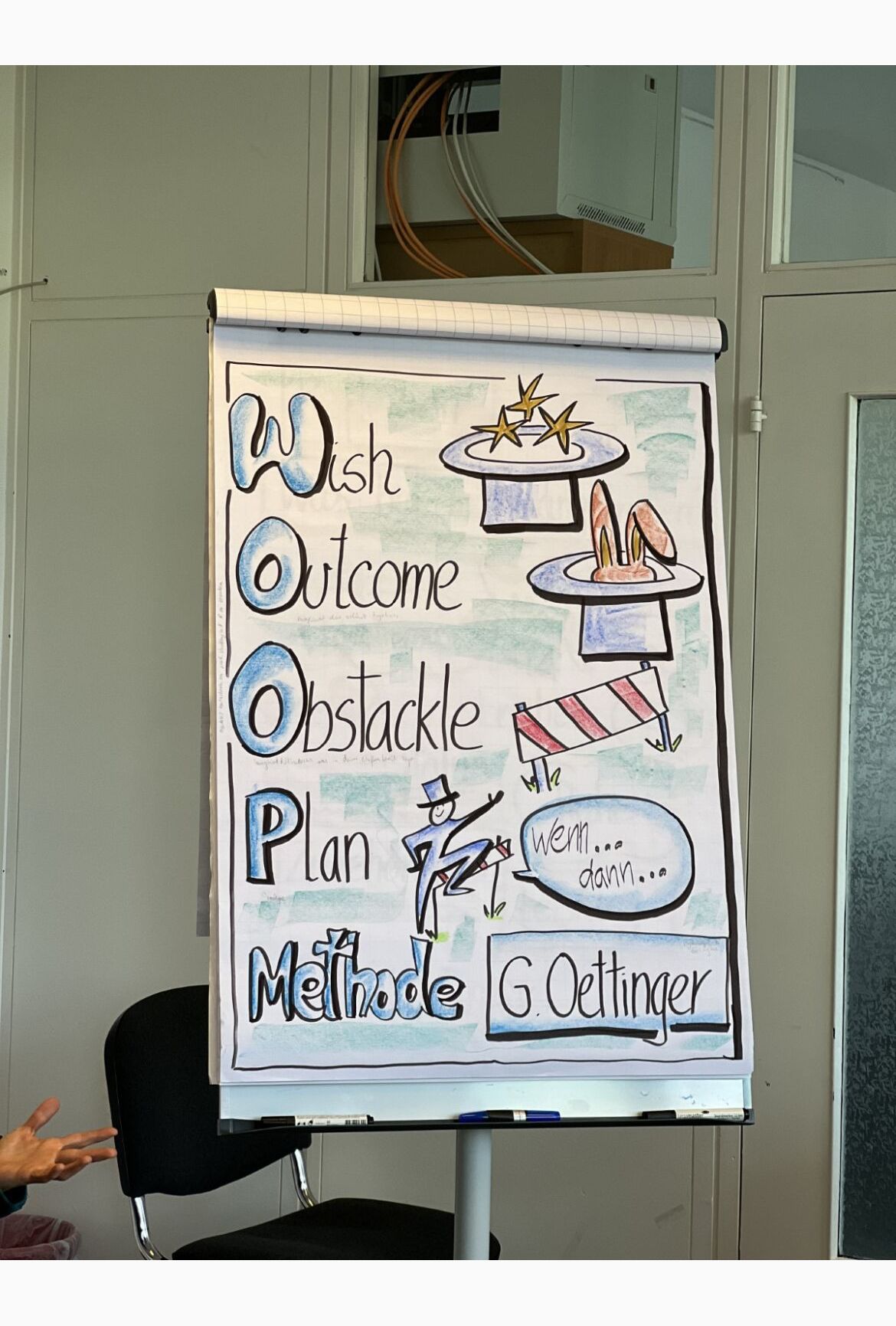
Practice-oriented tools for strenghthening civic engagement of vulnerable groups
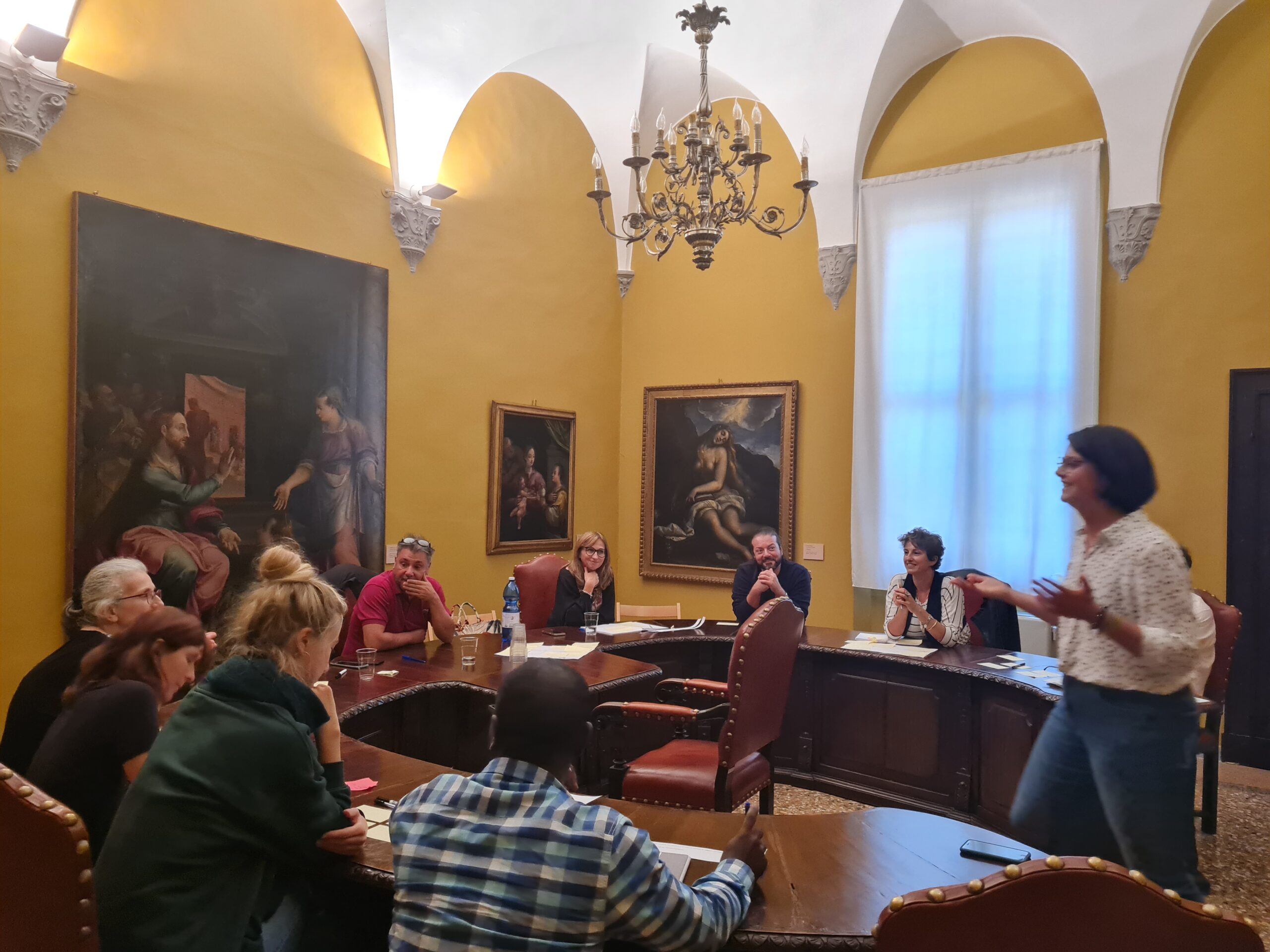
Strategy and action plan for a participatory governance with vulnerable groups and third sector organisations
Project videos
GEtCoheSive
The project lead partner is responsible for the content of this project website.

